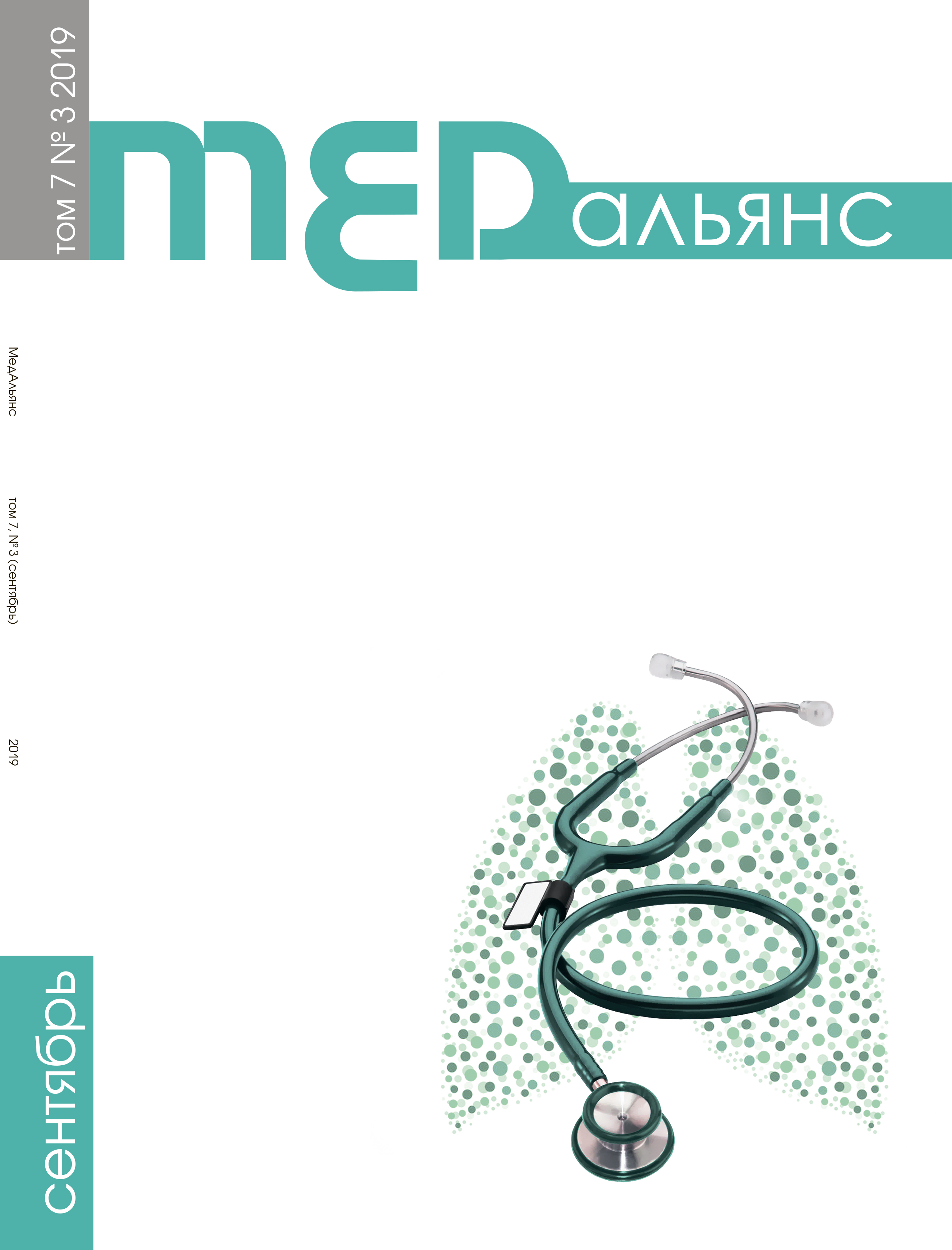Abstract
Introduction. The purpose of demonstration of this case was to show efficacy of integrated approach of treating destructive respiratory tuberculosis caused by extensive drug resistance mycobacteria combined with HIV infection and complicated recurrent pulmonary bleeding. Materials and methods. A patient with a long wavelike course of pulmonary tuberculosis (since 2013). For a long time, the use of injectable drugs, frequent breaks in tuberculosis treatment, which was complicated by recurrent pulmonary bleeding. A standard survey of patient was conducted during admission to the Thoracic Surgery Centre of Saint-Petersburg Scientific Research Institute of Phthisiopulmonology Russian Ministry of health. We were guided by the national clinical guidelines for thoracic surgery [1], carried out correction of chemotherapy, and then the indications for planned surgical treatment were determined. Results. The patient received an individual regimen of chemotherapy during 10 months and the treatment was controlled, but nevertheless, there were continued a bacterial excretion and decay cavity in the right lung and this was determined to an indication for planned surgical treatment. During the preparation for surgery, in connection with the next recurrence of pulmonary hemorrhage on vital indications, endovascular methods of hemostasis with a positive effect were used. Right-sided pneumonectomy was performed after a course of intensive preoperative preparation. The examination of the patient 10 months after the operation proved the absence of bacterial excretion and decay cavities, which are currently the criteria for efficacy treatment in accordance with national clinical recommendations. Conclusions. The clinical example demonstrates the high efficiency of an individual approach to treatment of patients with complicated course of destructive pulmonary tuberculosis, whom are threatened by development of both surgical complications and tuberculosis progression after surgery.

